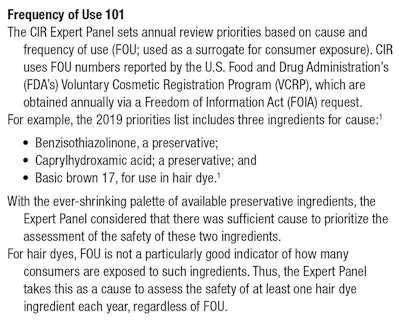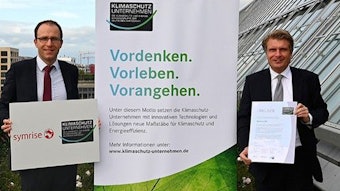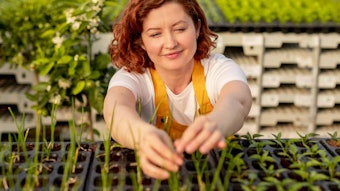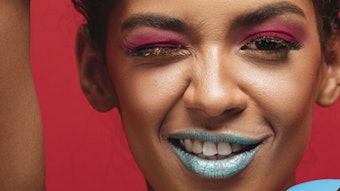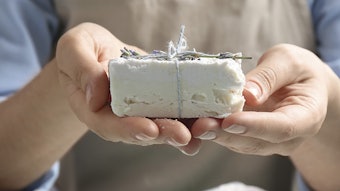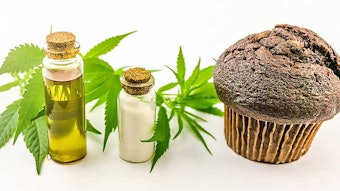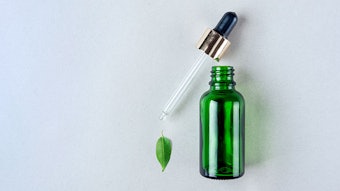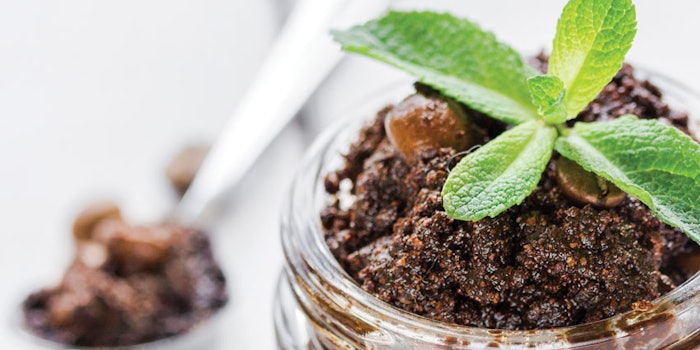
The Cosmetic Ingredient Review (CIR) Expert Panel has a set list of priority ingredients to examine. In 2019, several are based on frequency of use (FOU; see sidebar).1 This list includes everything from honey, with an FOU of 949 reported products, to Olea europaea (olive) leaf extract, with an FOU of 257. While botanical ingredients such as Olea europaea extract often connote safety to some consumers, most product developers realize there is nothing uniquely safer about producing chemicals from natural sources versus synthetic ones.
As an example, it may turn out that following a full safety assessment, an all-natural extract from Cicuta maculata root is found to be perfectly safe; but it may not be the best idea for an ingredient. Why? As you may know, Cicuta maculata is the taxonomic name for water hemlock, one of the deadliest plants in the world2—and no, there is no such cosmetic ingredient.
Therefore, performing a thorough safety assessment of botanical or botanically-sourced ingredients is just as important as reviewing the safety of any other ingredient.
Methylxanthine Conclusions
At its December 2018 meeting, the CIR Expert Panel issued a final report on three methylxanthine ingredients deeming them all to be safe (see Figure 1). One of these ingredients, theobromine, is a good example of the failings of looking merely at a chemical's name to decide if it is safe, as many consumers do. Some may have heard of the element bromine and assumed the aforementioned is a toxic chemical—which, bromine does indeed carry with it some concerning toxicities under certain conditions of exposure. However, contrary to the name, theobromine contains absolutely no bromine (except in the name, of course).
Instead, theobromine is, as are the other methylxanthines in the CIR report, a group of bicyclic organic molecules comprising only carbon, oxygen, nitrogen and hydrogen. Indeed, these ingredients are all-natural and organic, commonly extracted from coffee beans and cocoa beans. That’s right, as you may well know, Theobroma is that caffeine-like stimulant present in chocolate.
While botanical ingredients often connote safety, it is important to realize there is nothing uniquely safer about chemicals from natural sources versus synthetic ones.
Of course, an objective assessment of safety cannot be biased by the notion that if something is from a botanical source, it is all-natural and organic as well as safe. However, the knowledge that many people around the world consume these chemicals without adverse effects, and at much higher concentrations than could be absorbed from a cosmetic product, does mitigate some concern about potential systemic toxicity.
The CIR Expert Panel took a careful look at the safety of these ingredients, including relevant toxicological and toxicokinetic endpoints, such as: dermal penetration, metabolism, systemic toxicity, developmental and reproductive toxicity (DART), genotoxicity, carcinogenicity and so-called local effects such as irritation and sensitization. While there were some conflicting study results relating to genotoxicity, the positive results proved to be misleading at first glance.
Positive results were only observed in in vitro studies without metabolic activation; in vitro studies including metabolic activation were negative. The positive results of studies performed with mammalian cell cultures were also in sharp contrast to the in vivo mammalian studies, which yielded negative results. This suggested the in vitro positive results were not of concern.
Furthermore, the CIR Expert Panel noted the negative results of the carcinogenicity studies performed by the National Toxicology Program (NTP), further mitigating any concern of the positive genotoxicity studies.3 Positive results for development and reproductive studies were also noted but were considered negligible considering these effects were only seen at concentrations much higher than what would be used in cosmetics.
Once again, the dose makes the poison. And the maximum possible dose of these ingredients from the typical use of a cosmetic product is well below that which could cause consumer harm. As such, the CIR Expert Panel concluded that caffeine, theobromine and theophylline are safe in cosmetics under the present practices of use and concentration described in the safety assessment. The full finalized safety assessment is available at the December meeting page.4
References
- Heldreth, B. (2018). 2019 Priorities List with Ingredient Groups - Finalized.
- Slaughter, R. J., Becket, G., and Beasley, D. M. G. (2009)., Poisoning due to water hemlock AU - Schep, Leo J. Clinical Toxicology, 47(4), 270-278.
- (1988). NTP Technical Report on the Toxicology and Carcinogenesis Studies of Theophylline (CAS No. 58-55-9) in F344/N rats and B6C3F1 mice (feed and gavage studies).
- 149th CIR Expert Panel Meeting. Retreived from https://www.cir-safety.org/meeting/149th-cir-expert-panel-meeting

